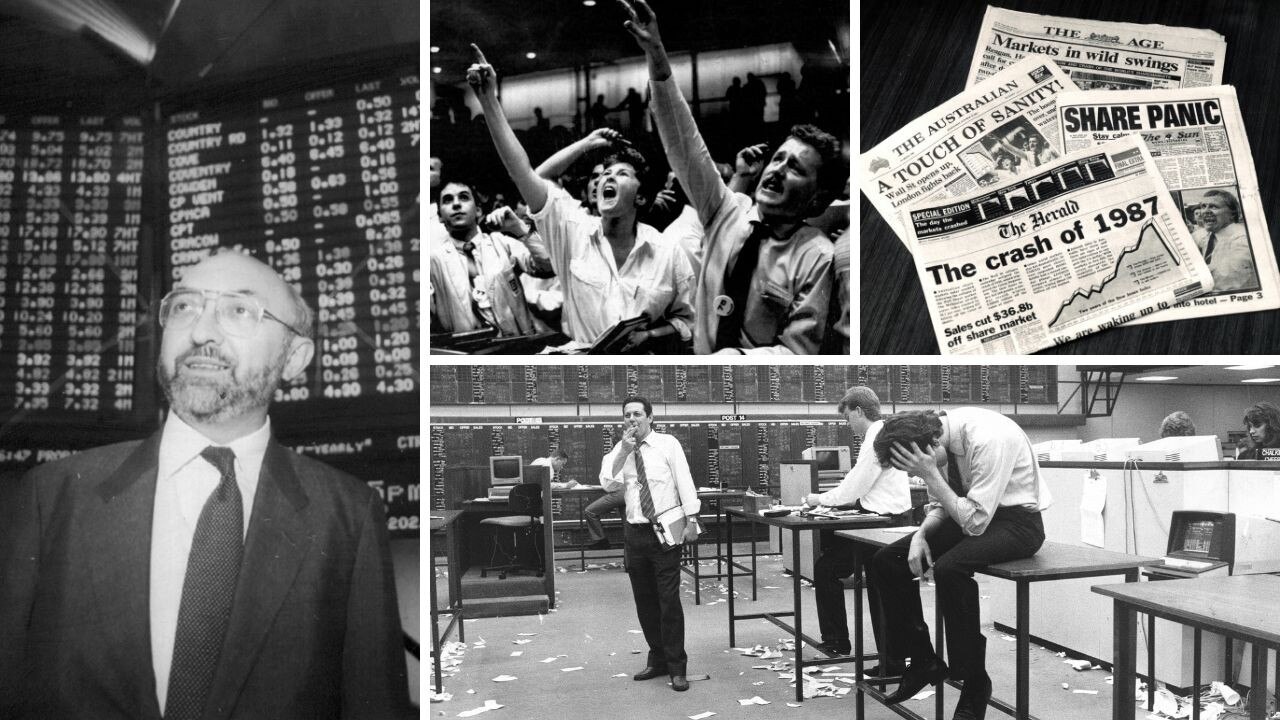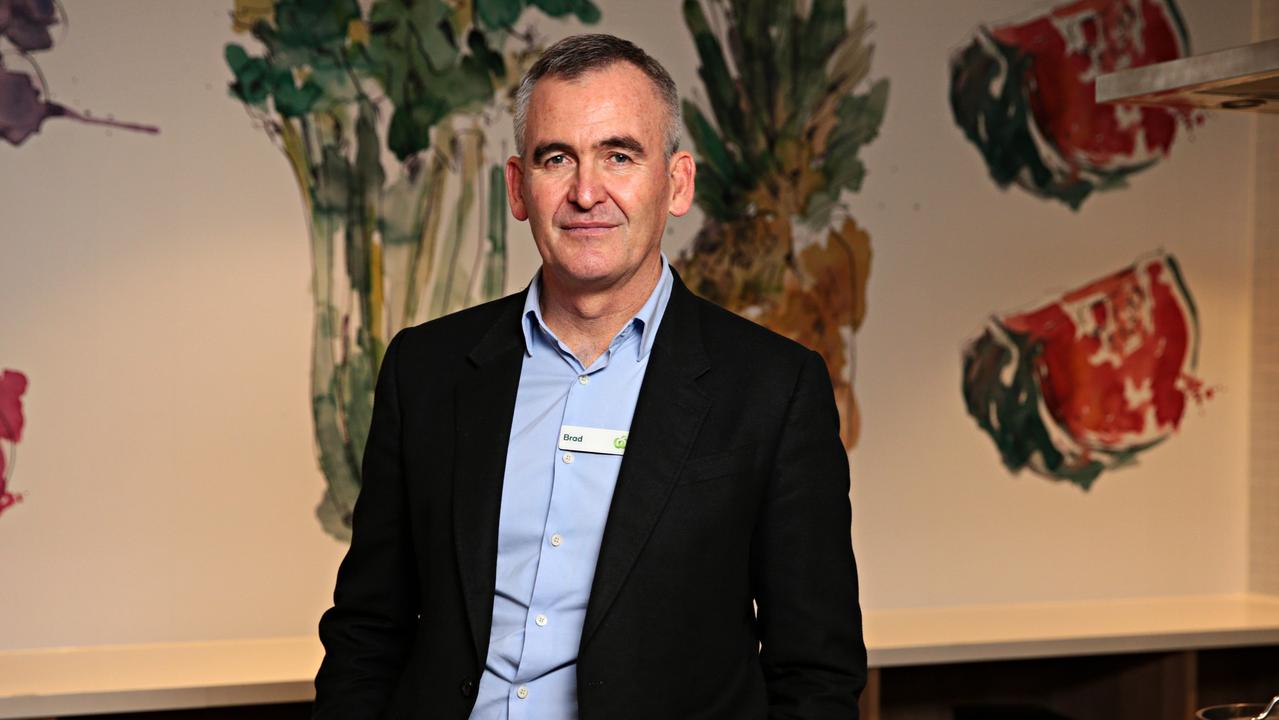Eyes on poll day as federal budget cash splash keeps us in a happy daze
In simple terms $104bn has dropped miraculously from a bright blue fiscal sky into Treasurer Josh Frydenberg’s lap – and he’s promptly gone out and spent $96bn of it.
Terry McCrann
Don't miss out on the headlines from Terry McCrann. Followed categories will be added to My News.
In simple terms $104bn has dropped miraculously from a bright blue fiscal sky into Treasurer Josh Frydenberg’s lap – and he’s promptly gone out and spent $96bn of it.
That’s why the total deficits projected over the four years out to 2023-24 have dropped only a tiny bit from the $456bn detailed in the December mid-year update to a still mammoth $447bn.
We are still on track to hit $1trillion in net debt – and indeed, go rocketing straight through. The budget says the debt will reach $981bn by 2024-25, but as the budget will still be deep in deficit, we’ll go straight through the trillion the next year.
And just remember, those still huge projected deficits and ever-rising debt are on the basis of “happy days are here again”, surely “nothing can go wrong again”, optimistic assumptions about the economy, the budget, the virus and the vaccines.
And, ‘optimistic’ about China. Yes, we might go to war with China, but they will still keep buying a billion tonnes of Pilbara iron ore every year, paying us – who knows? – $50bn, $70bn, $100bn every year.
Heck, they’ll still need our quality iron ore to make steel for their missiles.
A certain ‘uncertainty’ about China aside, critically, all the numbers assume we’ll be heading back to a full-on 2019 pre-virus future from the middle of next year – with migrants and tourists once again pouring into Australia.
You would have to say, how shall I put this, there’s a little bit of uncertainty whether that will happen.
Now, the one thing you have to say about our treasurer and prime minister-in-waiting, he’s certainly no penny-pincher like his famous surplus and tax-cutting predecessor Peter Costello.
Yes, the $96bn that he’s splashing around – and remember this is all NEW; it doesn’t include those huge sums already spent on things like JobKeeper to keep things ticking over through the pandemic and the Morrison-Frydenberg mandatory lockdown recession – does include $28bn in assorted tax cuts over the five years.
But that works out at barely $1000 per person, and over five years. The new spending in sharp contrast adds to a thumping $68bn, or around $2500 per person.
Yes, it’s all worthy: $18bn on aged care; $15bn on infrastructure; $13bn on disability; $3bn on women, $2bn on child care – after that you get down to the “a billion here, a billion there, you’re no longer talking real money” territory.
But it is still new and additional spending; it is still spending that gets locked into the budget pretty much every year forever – and has to be paid for either by higher taxes or “paid for” by going on the national credit card.

But what the heck: thanks to the Reserve Bank money’s “free”.
If it’s OK for someone to borrow a million at a 2 per cent interest rate to buy a house, surely it’s even better for a treasurer to borrow a trillion even cheaper at just 1 per cent?
Until rates go up.
The budget fine print assumes we’ll be paying just $17bn of interest on that $981bn of debt in 2024-25. That’s an interest rate of just 2 per cent.
What if it’s 6 per cent? Suddenly that’s another $40bn on the deficit, every year.
Unfortunately, as we saw with the virus, “events” can derail things. Budget forecasts are a total crock at the best of times. Right now they are a total and cruel fraud.
That $96bn being splashed around is locked in; indeed, it will certainly grow bigger and indeed much bigger.
But the $104bn to “pay for it” could well not arrive.
Instead of getting to 2024-25 and having the deficit down to “just” $57bn – a figure that would still be higher than any previous deficit in our history before 2019-20 – it could all too easily be $80bn. Or indeed $100bn or more.
The deficits detailed on the optimistic assumptions are staggering enough; and, yes, it’s true that Frydenberg got ambushed, as we all did, by the virus.
But that explains and justifies last year and this year, not the still massive red ink half-way through the 2020s; with even Treasury admitting the budget will still be in deep deficit into the 2030s.
We criticized Wayne Swan for not reining in the spending after the GFC eased; Frydenberg has set about not only matching that record but “bettering” it.
And it’s hard to see on what basis: as the budget’s own forecasts have the economy zipping along at full employment by 2023.
I repeat what I wrote a year ago: we will never again see a federal budget surplus. Last night made that a certainty.
We will also never see another generalised tax cut, after the last round from 2019 arrives.
This from a treasurer, whose very first words, in his very first budget speech in 2019 were: “tonight I announce that the budget is back in the black.”
But heck, that was then. This is now and there’s an election to be won and a Lodge to be moved into – in the fullness of time, of course.
Originally published as Eyes on poll day as federal budget cash splash keeps us in a happy daze



